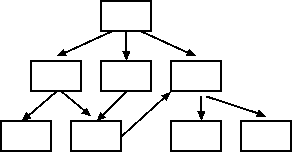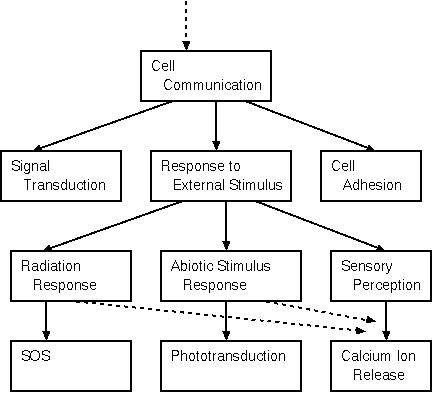 Ontologies are designed as Directed Acyclic Graphs
(DAG). DAGs have the following properties:
Ontologies are designed as Directed Acyclic Graphs
(DAG). DAGs have the following properties:SGD Tutorial: GO Annotations [http://www.yeastgenome.org/help/gotutorial.html]
 Ontologies are designed as Directed Acyclic Graphs
(DAG). DAGs have the following properties:
Ontologies are designed as Directed Acyclic Graphs
(DAG). DAGs have the following properties:

| http://home.cc.umanitoba.ca/~frist/Seminars/iims07/iims07.html | ||
 |
     |
|